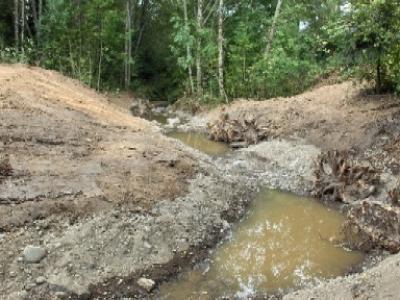- Neighborhoods
-
Community
-
- Overview History Vision Newsroom News Releases Pilot Newsletter Media Contact Projects Volunteer
- Engage Milwaukie Events City Calendar Recreation Biking in Milwaukie Parks and Trails Directory North Clackamas Parks and Recreation Reserve a Room Library
- Schools North Clackamas School District MHS Student of the Month Public Safety Police Clackamas Fire District #1 Code Compliance Emergency Preparedness Emergency Notifications Garbage & Recycling
-
- Business
- Departments
-
Useful Links
-
- Jobs Alerts & Notifications Email Subscriptions Emergency Notifications Meetings City Services A-Z Mapping & GIS
- Contact the City Staff Directory Request a Public Record Report a Code Violation Report a Pothole Report Misconduct Schedule an Inspection Documents & Forms Documents and Reports Forms, Permits, and Applications
- Helpful Links Digital Archives Library Catalog Municipal Code Purchase a Parking Permit Paperless Billing Pay a Ticket or Utility Bill Urban Forest
-
Kellogg for Coho: Site Restoration Information
After removing Kellogg Dam, restoration in the former lake bed will create a naturalized, free-flowing Kellogg Creek and 14 acres of native ecological restoration.
The community can expect to enjoy significant habitat changes that will benefit many native plant, fish and other wildlife species.
The confluence of Kellogg Creek and the Willamette River is an ecologically dynamic area. After removing Kellogg Dam, the Willamette River can be expected to backwater into the former lake bed seasonally. This backwater effect provides the most crucial off-channel habitat for juvenile Coho and Chinook salmon. Additionally, Cutthroat and Steelhead salmon will migrate through the site to access spawning grounds higher in the Kellogg-Mt Scott watershed.
Removing the dam will also change the composition of wildlife that refuge within the project area. Wood duck, mallard, belted kingfisher, green heron, great-blue heron, and red-winged blackbird would still be expected to use the area-though largely confined to the places that receive the greatest inundation. Perching birds like marsh wren and yellow throat that are dependant on marsh and riparian willow habitat can be expected as well. It’s also likely that beavers will play a role in both the habitat and hydrology at the site-as they have historically in the Pacific Northwest. For excellent descriptions of Herbaceous Wetland and Westside Riparian Wetland habitats, visit the Northwest Habitat Institute at http://www.nwhi.org/index/habdescriptions.
If you are interested in habitat friendly restoration projects on your streamside property or would like to get involved in grassroots initiatives to promote healthy streams and wetlands, please contact the North Clackamas Watersheds Council (NCWC). Find them on the web at ncurbanwatershed.wordpress.com,


